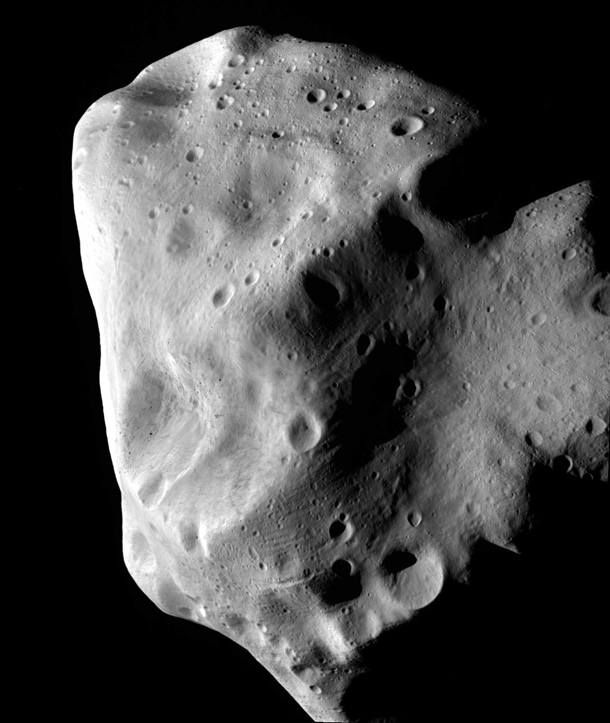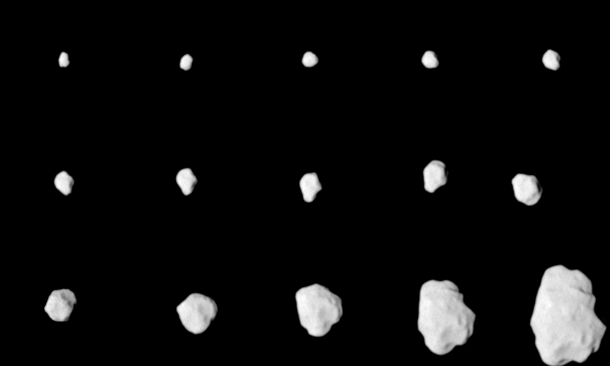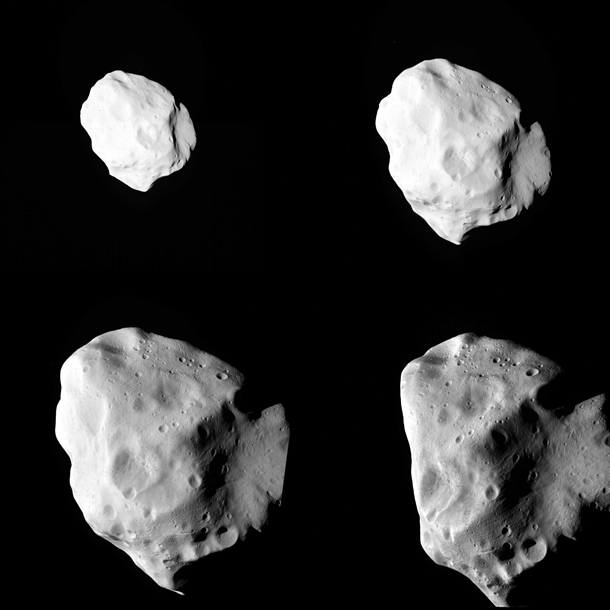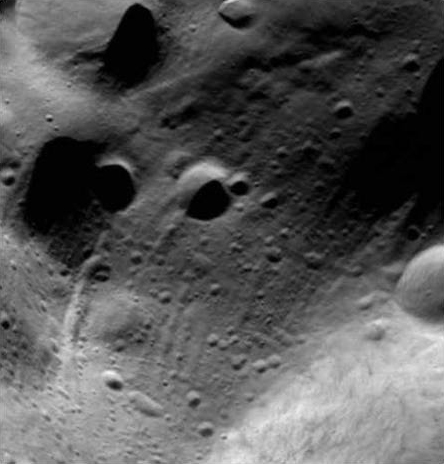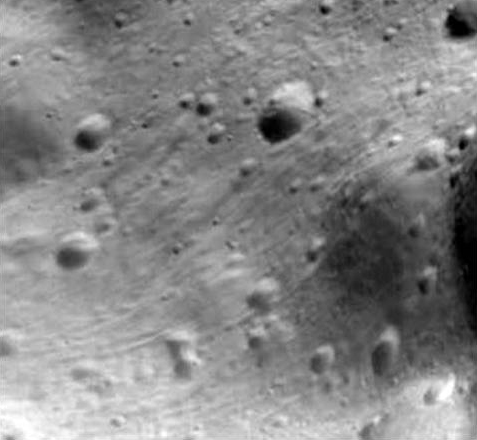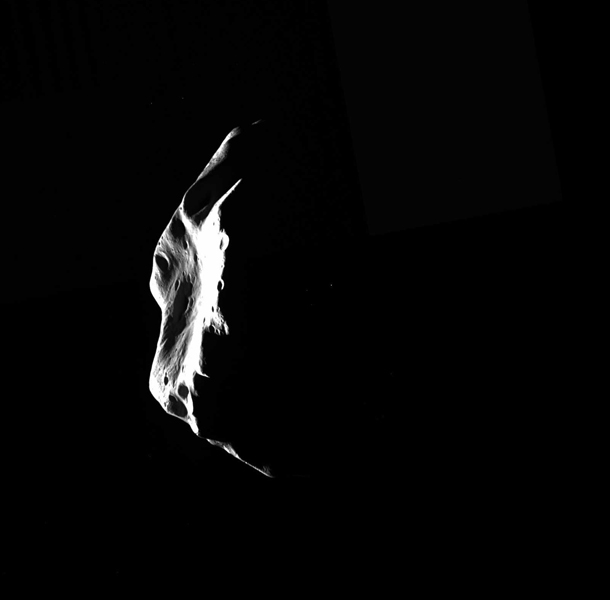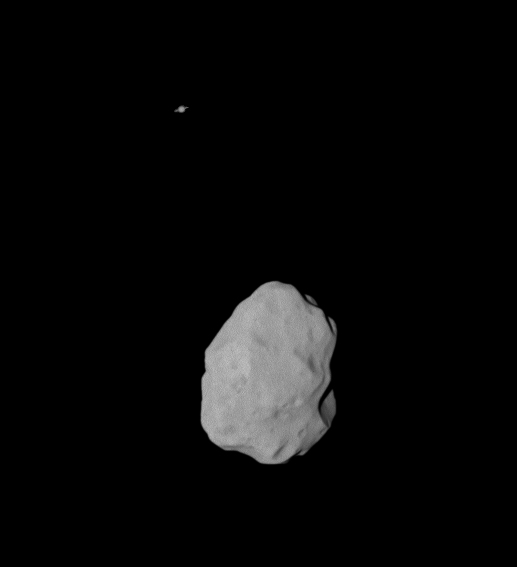Lutetia may have witnessed the birth of the Earth
When we look at the solar system now, we see it after it's had billions of years of evolution under its belt. Things have changed a lot since it first formed out a swirling disk of material, 4.5 billion years ago. We can make some pretty good guesses about the way things looked back then, though. We can see other systems forming around other stars, for example, to get an idea of what things look like when they're young.
But we can also look at our own solar system, look at the planets, the comets, the asteroids, and, like astronomical archaeologists, get a glimpse into our own cosmic past.
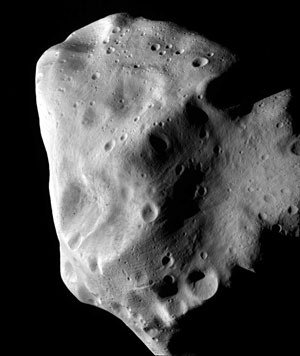 We know that asteroids formed along with the rest of the system back then. We also know that there are many kinds of asteroids: rocky, metallic, chondritic, some even have ice on or near their surface. Some formed far out in the solar system, and some formed near in. The thing is, we think the vast majority of the asteroids that formed close to the Sun were absorbed by -- and by that, I mean smacked into and became part of -- the inner planets, including Earth. Only a handful of those asteroids still remain intact after all this time. But now we think we've found one: the main belt, 130 km-long asteroid Lutetia.
We know that asteroids formed along with the rest of the system back then. We also know that there are many kinds of asteroids: rocky, metallic, chondritic, some even have ice on or near their surface. Some formed far out in the solar system, and some formed near in. The thing is, we think the vast majority of the asteroids that formed close to the Sun were absorbed by -- and by that, I mean smacked into and became part of -- the inner planets, including Earth. Only a handful of those asteroids still remain intact after all this time. But now we think we've found one: the main belt, 130 km-long asteroid Lutetia.
Using a fleet of telescopes, astronomers carefully measured the spectrum of Lutetia -- including spectra taken by the European Rosetta space probe, which visited Lutetia in July 2010 and returned incredible close-up images (see the gallery below). The spectra were then compared to spectra of meteorites found on Earth -- meteorites come from asteroids after a collision blasts material from them, so they represent a collection of different kinds of asteroids that we can test in the lab here on Earth.
They found that the spectrum of Lutetia matches a very specific type of meteorite found on Earth, called enstatite chondrites. These rare rocks have a very unusual composition that indicates they were formed very near the Sun, where the heat from our star strongly affected their formation. They have a clearly different composition than meteorites which formed in asteroids farther out in the solar system, and are an excellent indication that Lutetia formed in the inner solar system, in the same region where the Earth did.
So Lutetia is a local! There aren't many like it in the asteroid main belt between Mars and Jupiter, and in fact it's a bit of a mystery how it got there; perhaps a near encounter with Earth or Venus flung it out that way, and then the influence of Jupiter made its orbit circular. And there it sits, a relatively pristine example of what the solar system was like when it was young. Currently, the Dawn space mission is orbiting the large asteroid Vesta, and will make its way to Ceres, the largest asteroid, after that. I have to wonder if NASA is eyeing Lutetia as another possible target. It's an amazing chance to visit an object that may yield a lot of insight into our own planet when it was but a youth.
After all, you can take the asteroid out of the inner solar system, but you can't take the inner solar system out of the asteroid.
Image credit: ESA 2010 MPS for OSIRIS Team. MPS/UPD/LAM/IAA/RSSD/INTA/UPM/DASP/IDA
Related posts:
- Rosetta sends back gorgeous asteroid closeups
- Asteroid comparison chart, Part II
- Invaders from Vesta!
Bad Astronomy Gallery
(click any image to see it full size)
This image, taken at closest approach, shows how battered and worn Lutetia is. Craters pockmark the surface, including several that are many kilometers across. Like the Martian moon Phobos, grooves line the surface, which may be from boulders rolling around, perhaps ejected from some of the craters when they were formed. They may alternatively be stress fractures from impacts; there is still a lively debate over what causes these features in small bodies.
Much of the surface appears smooth, indicating great age for this object. Over billions of years it's been assaulted by dust grains moving at incredible speeds, as well as the solar wind. This has essentially sandblasted the surface, taking - literally - the edge off of the rims of craters.
We have very few high-resolution images of asteroids, and the more we get, the more we learn about them. Given that every now and again we get hit by them, I'm a big fan of understanding them better.
Credit: ESA 2010 MPS for OSIRIS Team. MPS/UPD/LAM/IAA/RSSD/INTA/UPM/DASP/IDA
This series of pictures was taken as Rosetta approached Lutetia.
The first image in the upper left was taken about 9.5 hours before closest approach, when Rosetta was still 510,000 km (315,000 miles) from the asteroid - more distant than the Moon is from the Earth!
The last image (lower right) was obtained an hour and a half before the close encounter when the probe was still 81,000 km (50,000 miles) from Lutetia.
In the first image, details only about 20 km (12 miles) across can be seen, but that improves by almost a factor of 10 in the last image!
Credit: ESA 2010 MPS for OSIRIS Team. MPS/UPD/LAM/IAA/RSSD/INTA/UPM/DASP/IDA
Credit: ESA 2010 MPS for OSIRIS Team. MPS/UPD/LAM/IAA/RSSD/INTA/UPM/DASP/IDA
Credit: ESA 2010 MPS for OSIRIS Team. MPS/UPD/LAM/IAA/RSSD/INTA/UPM/DASP/IDA
Credit: ESA 2010 MPS for OSIRIS Team. MPS/UPD/LAM/IAA/RSSD/INTA/UPM/DASP/IDA
Credit: ESA 2010 MPS for OSIRIS Team. MPS/UPD/LAM/IAA/RSSD/INTA/UPM/DASP/IDA
Credit: ESA 2010 MPS for OSIRIS Team. MPS/UPD/LAM/IAA/RSSD/INTA/UPM/DASP/IDA


